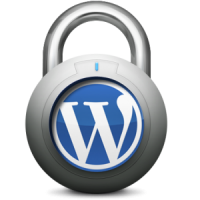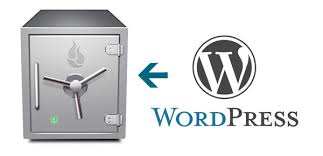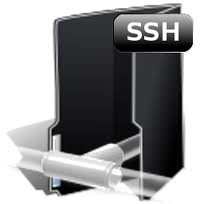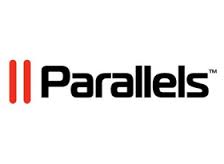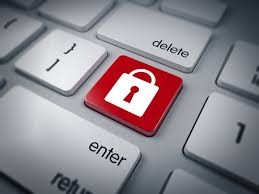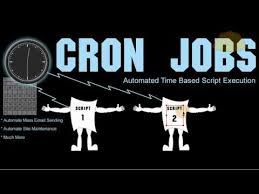If you have a self-hosted WordPress blog which is quite well-known, the most frustrating factor is fighting WordPress spam comments regularly. Whenever you sign in to WordPress panel, you see a lot of spam comments waiting to be removed. Either you have to remove them personally or let them die in the spam queue. The […]



